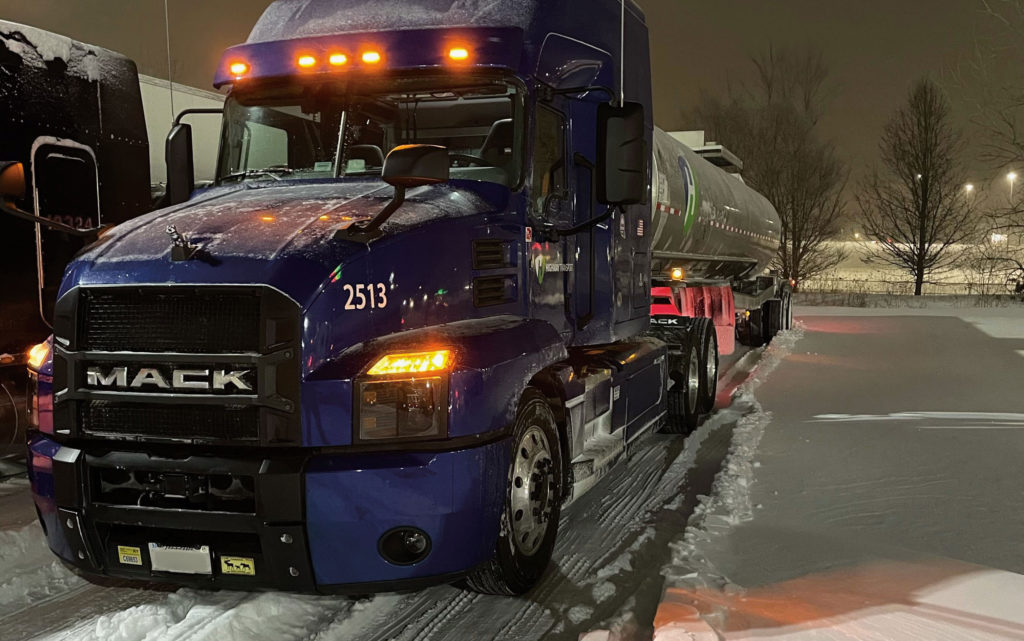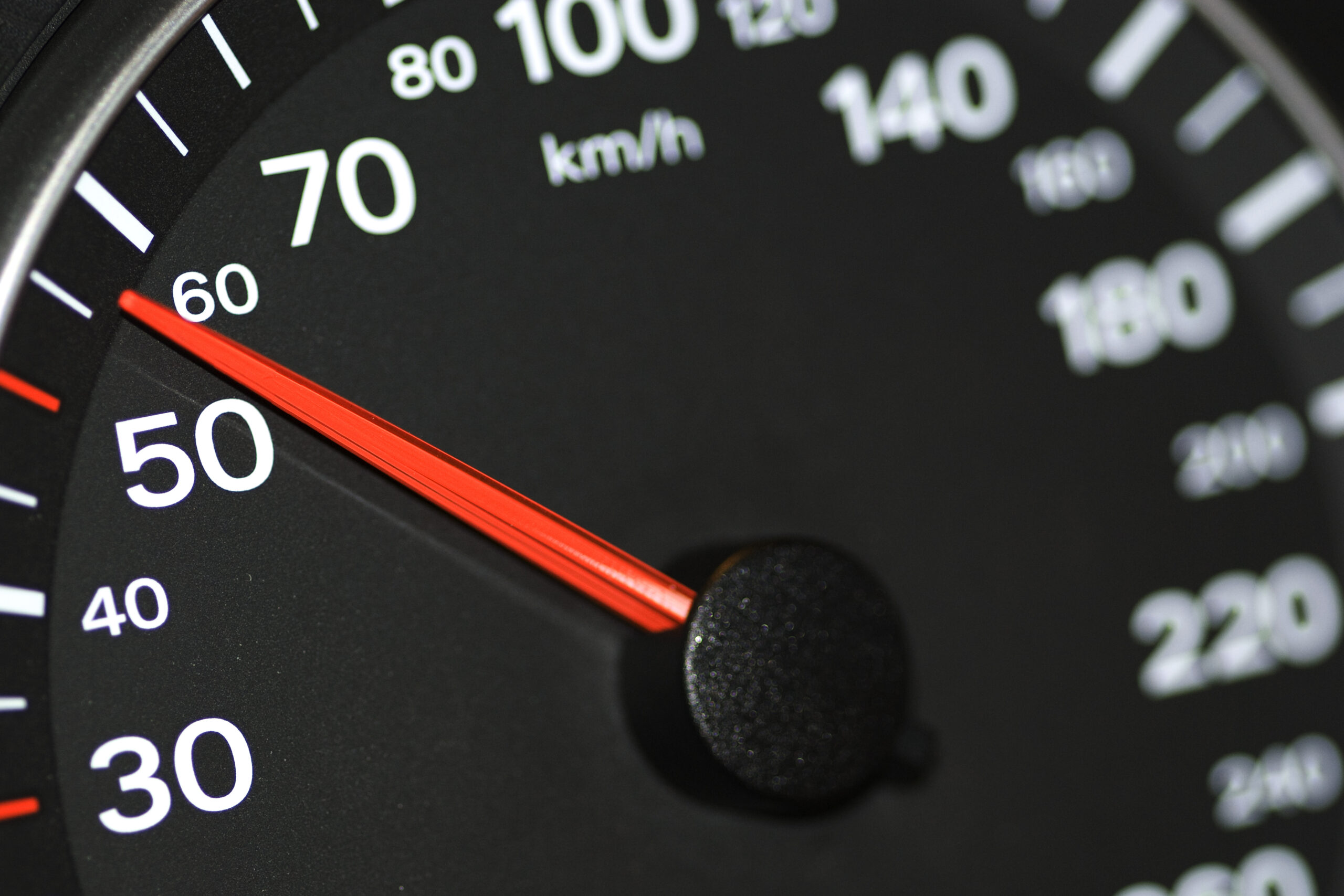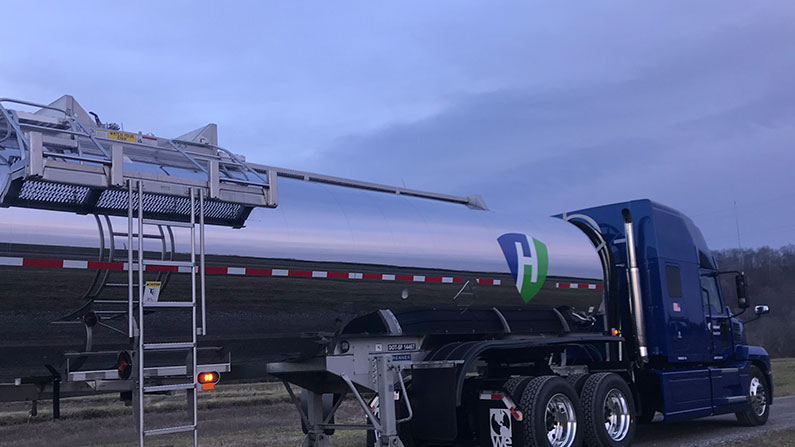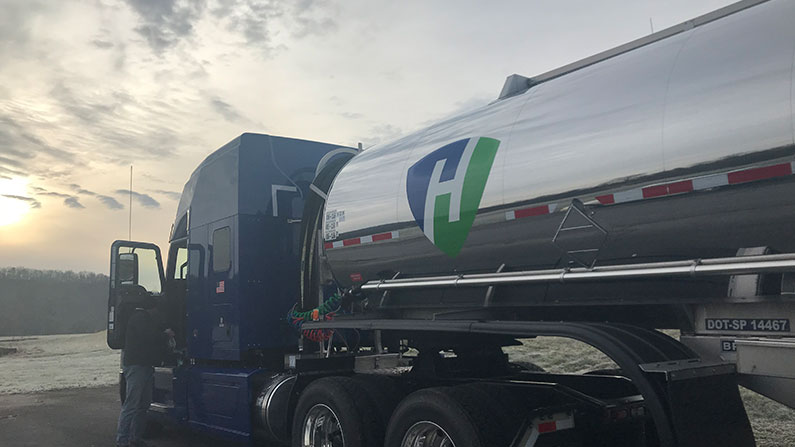
Driving a truck is never an easy job, but there is one time of year where it becomes especially difficult: cold – and sometimes wet – winters.
When the snow begins to fall, and the road conditions begin to worsen, truck drivers face a serious challenge. Trucks are big, heavy machines that can be difficult to control, and when the road is icy and slippery, driving a truck can feel downright dangerous, especially in the Northern United States or routes that go through Canada. If you’re a professional truck driver who will be taking to the roads this winter, it is imperative you take all the necessary steps to protect yourself.
At Highway Transport, we know truckers, and we know the trucking industry. That is why we’re here to help by providing you with a breakdown of some of the best ways you can manage the cold and slippery conditions brought on by wintry weather, protect yourself and others on the roadway, and ensure that your deliveries are made – safely. Below are our best winter tips for truck drivers.
Prioritize Your Safety
At the end of the day, no load is worth your life. If you’re driving in the winter, and the weather takes a dangerous turn, it is imperative that you prioritize your safety.
- Use your judgment. There are times in the winter where visibility is minimal or roads are coated in a layer of ice, and other drivers on the road struggle to move without sliding.
- Find a safe area to park.
- Get in touch with dispatch.
- If you are in a situation where you believe there is a danger, don’t be afraid to make the decision to stop driving and wait somewhere warm for the weather to pass.

Don’t Hurry
It is tempting when you are on the open road to want to go as fast as possible to reach deadlines faster, but safety must come first.
- Slow down. In the winter especially, whether you are on the open road or in a lightly populated area, monitor your speed.
- Most at-fault accidents are caused by drivers going excessive speeds, and in the winter, the risk is only increased.
- While deadlines are important, don’t rush! The road conditions make it hazardous to be going too fast, so proceed with as much caution as you possibly can.

Check Your Lights
In the wintertime, visibility is everything. Driving through snow and high winds is a situation that makes it incredibly difficult to see and to be seen.
- It is vital that you check your lights before starting and whenever stopped to ensure they’re in good working condition to provide the best visibility in snow and otherwise.
- Make sure you brush your lights as frequently as you can. Snow can build in front of your lights and license plate and make it hard to see your truck and harder for you to see.
- In addition to keeping lights in good working condition and addressing any issues quickly, if visibility is very poor, you may have to park until the weather improves.

Make Your Truck Comfortable
When the weather is uncomfortably cold, being inside a truck without heat is a health risk.
- Make your truck as comfortable as possible. Turn on the heat before you start driving and let the truck warm up.
- Bring a thermos with you to maintain heat in liquids, such as coffee, tea or soup.
- Wear a winter jacket, boots, and wool socks. Do what you can to make the experience of driving in freezing weather as comfortable as possible.

Make Certain with Your Pre-Trip Inspection
When checking the general status of your truck, don’t be afraid to take more time than normal to be thorough and double check items as needed. In every season, it’s important to take your time with circle checks. In winter, when the conditions are at their worst, it becomes even more essential.
- Make absolutely certain that the defroster and heater are functioning fully, as winter drivers are incredibly dependent on these.
- Clean your mirrors and your windows because they are vulnerable to the elements with frost and snow, so making sure they are at their best before you leave is important.
- Lastly, triple-check your brakes because braking in the winter is very tricky.
Keep Your Distance
The closer you are to other cars on the road, the smaller the margin of error – especially if you have to stop or maneuver the truck quickly.
- If at all possible, stay as far as you can from other cars. Cars and trucks are vulnerable to sliding and colliding, especially in wet and icy weather.
- Keeping a safe stretch between your truck and other vehicles will reduce the risk of you paying the consequences for someone else’s mistake.
- In really bad visibility, don’t ride the taillights of other cars. If you can see their taillights when the weather is that bad, that likely means you are too close to them, and for your own safety should slow down and maintain a safer distance.
Winter is an incredibly difficult time to be on the road. It is important that truckers always drive cautiously, check the weather, and put their safety ahead of the safety of the load.

Are you an Experienced Tanker Driver?
Consider a career with Highway Transport. Professional tanker drivers are encouraged to discover more possibilities surrounding one of our locations. We’re excited about the successful growth of our two newest service centers:

